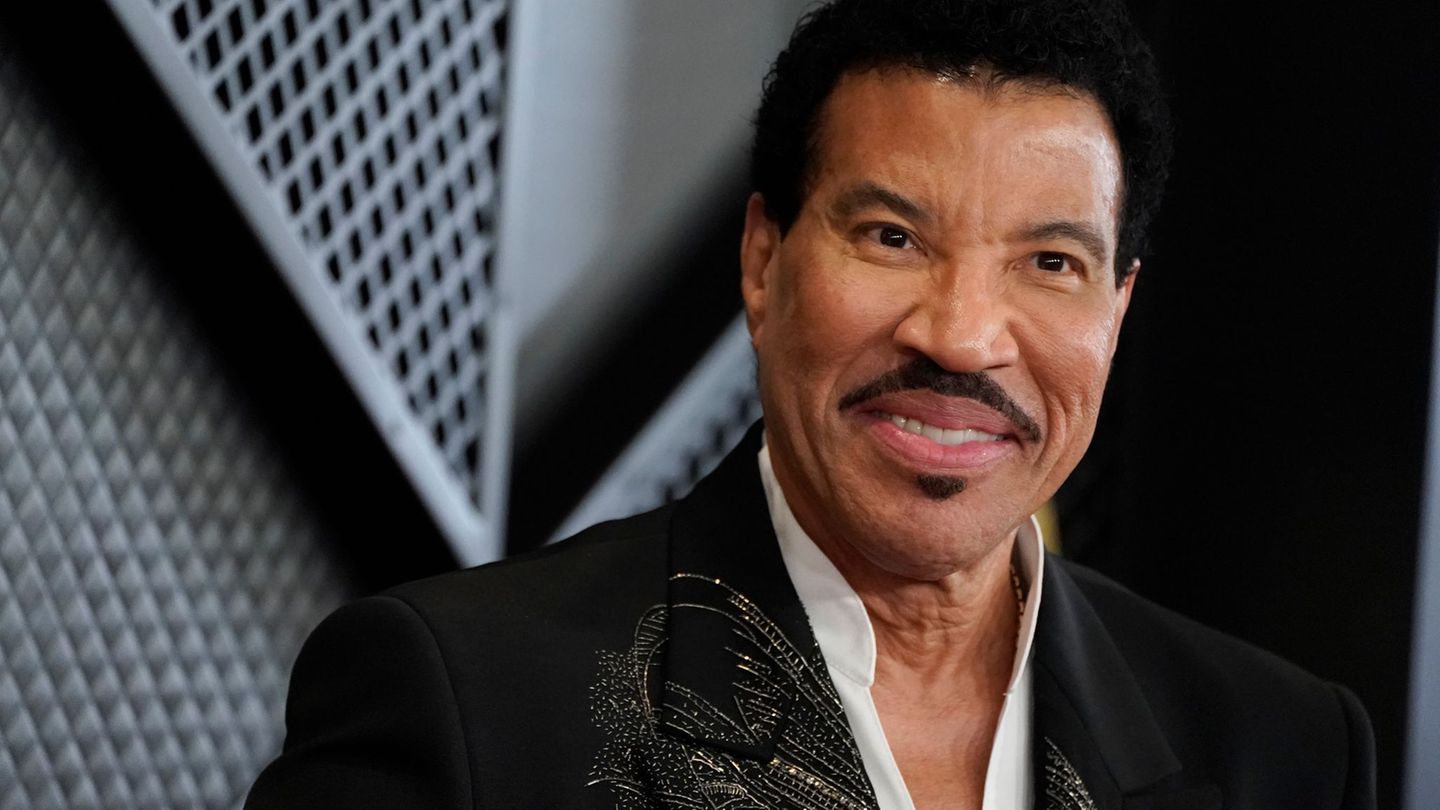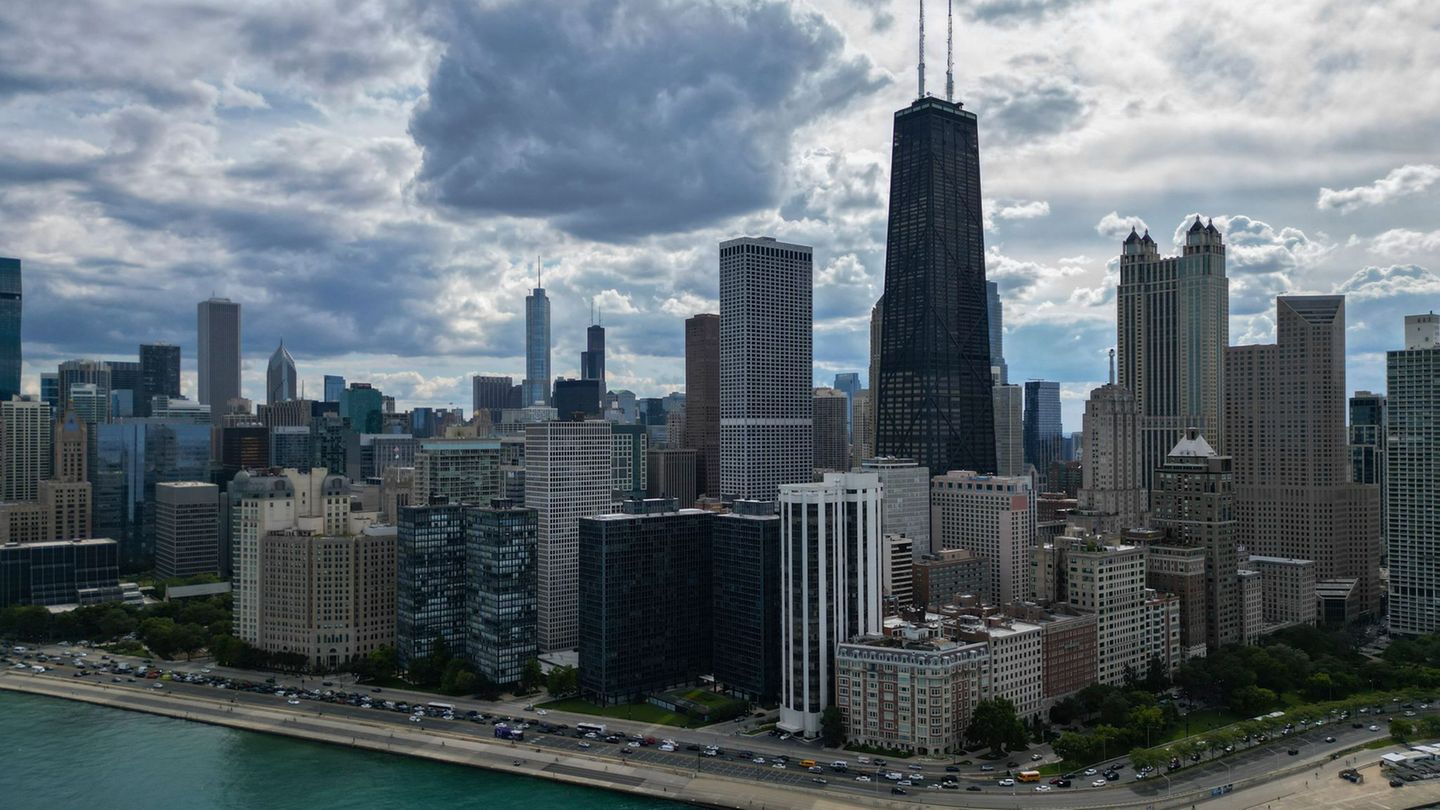Image: OÖN
In May 2014, Bad Ischl was one of the first communities in Upper Austria to introduce a 30 km/h speed limit throughout the city. Only the FPÖ voted against it. She trusted in the “personal responsibility of drivers” and feared “that the city would be declared a radar hunting ground”.
Penalties rained down
In fact, after the 30 km/h signs were put up at the city entrances, fines rained down. And because these were only delivered weeks after the speeding violation, some motorists were still caught in the speed traps several times before then. The resentment was correspondingly great, and three years later Mayor Hannes Heide (SPÖ) admitted that he had made a mistake when he had purchased radar boxes at the same time as the speed reduction was introduced. The municipality benefited financially from this. The radar boxes flush the city coffers around one million euros a year.
In the meantime, the majority of the population has come to terms with the 30 km/h speed limit. The green mobility councilor Martin Schott is naturally very satisfied with it. “If the regulation didn’t already exist, it would have to be introduced now,” he says. And it is significant that many people in peripheral urban areas where Tempo 50 still applies would also demand the reduction to 30 km/h.
The current FPÖ chairman Josef Loidl was there when his party voted against the nationwide speed reduction nine years ago. He would do it again today. “I’m in front of schools and other neuralgic points for 30 km/h,” he says. “But there are also streets where 40 or 50 km/h would be possible without any problems.” Conversely, the volume of traffic in the city center is usually so great that nobody can drive 30 km/h in stop-and-go traffic anyway. “We as FPÖ Bad Ischl will not demand a return to the old regulation,” says Loidl. “Bad Ischl now has completely different problems that politicians should take care of.” (ebra)
Source: Nachrichten




